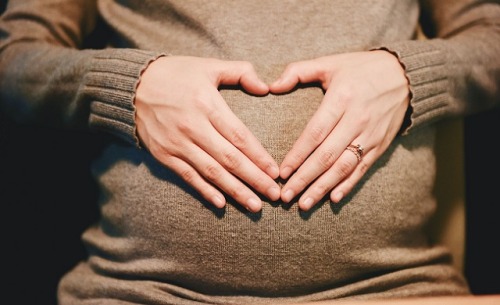Marla Ahlgrimm Explains the Female Reproductive System

Women’s health expert, entrepreneur, and author Marla Ahlgrimm answers common questions about the female reproductive system in the following brief question and answer session.
Q: What is the female reproductive system made up of?
Marla Ahlgrimm: The female reproductive system is comprised of six primary features, the hymen, vagina, cervix, ovaries, fallopian tubes, and uterus. These, and the components within each, work together to allow a woman to reproduce starting at around the age of 13.
Q: How are eggs fertilized?
Marla Ahlgrimm: During sexual intercourse, a man releases sperm into the vagina. It then passes through the cervix and flows into the fallopian tubes where, if the woman is ovulating, it then comes in contact with an egg. This process, called fertilization, takes place in the uterus.
Q: What happens if an egg is not fertilized?
Marla Ahlgrimm: The female body releases one egg each month. It travels through the lining of the uterus, called the endometrium, which becomes thick with nutrients, fluid, and blood in anticipation of fertilization. If the egg is not fertilized, it simply passes through the uterus and is shed during the woman’s next period.
Q: What is the hymen?
Marla Ahlgrimm: The hymen is a thin layer of tissue that covers the opening of the vagina. Naturally, it has one or more small holes but may be damaged, torn, or stretched during a female’s first sexual encounter or from the use of inserted feminine hygiene products, such as tampons. If the hymen is disturbed, it may bleed temporarily and result in minor discomfort.
According to Marla Ahlgrimm, parents should begin discussing the human body, reproduction, and sexual interactions with girls from an early age and with age-appropriate detail. Through early exposure, young girls can use the power of their knowledge to avoid unwanted pregnancy or sexually-transmitted diseases.
